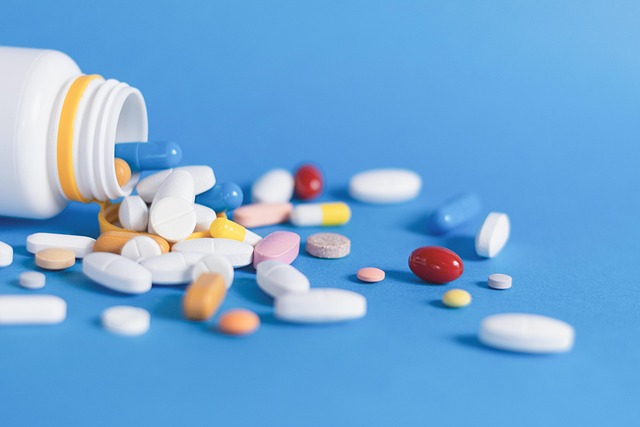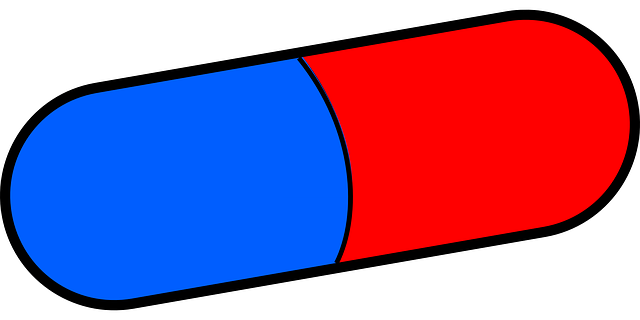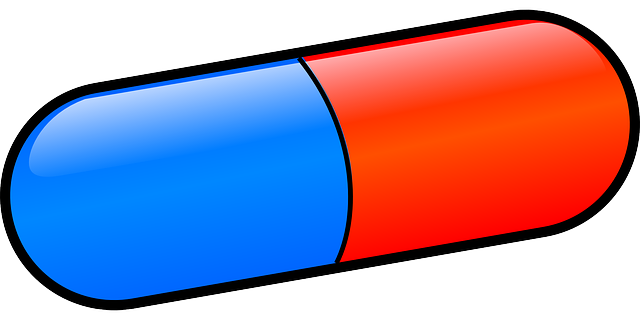GLP-1 drugs (glucagon-like peptide-1 receptor agonists) are medications that mimic natural hormones to manage type 2 diabetes by controlling blood sugar levels. They offer advantages like improved HbA1c control and weight loss, with generally good tolerability. Variations in their chemical structure and binding lead to differing durations of action and side effect profiles, requiring personalized treatment approaches. Safety considerations include gastrointestinal issues, pancreatitis, kidney problems, and allergic reactions, with some agonists potentially carrying higher risks. Choosing the right GLP-1 drug involves patient-provider collaboration, considering administration routes, onset of action, duration, side effects, comorbidities, compliance, and emerging clinical developments. Future prospects include longer-acting, reduced-side effect drugs and innovative delivery methods, promising more sustainable treatment options for diabetes and obesity.
“In the realm of diabetes management, GLP-1 receptor agonists have emerged as a game-changing symphony of therapeutic options. This article delves into the intricate world of these powerful medications, commonly known as GLP-1 drugs. We’ll explore their fundamental role in regulating blood sugar levels, dissecting key differences in mechanisms of action across various agonists. Furthermore, we’ll examine their varied effects on glycemic control and comprehensive safety profiles. Understanding these aspects is crucial for both patients and healthcare providers when selecting the most suitable GLP-1 drug.”
Understanding GLP-1 Receptor Agonists: Their Role in Diabetes Management

GLP-1 receptor agonists, often referred to as GLP-1 drugs, are a class of medications designed to mimic the effects of the natural hormone glucagon-like peptide-1 (GLP-1). These drugs play a significant role in managing diabetes by enhancing insulin secretion and suppressing glucagon release in response to food intake. This dual action helps to lower blood sugar levels, making GLP-1 agonists a valuable tool for improving glycemic control.
In the context of diabetes treatment, GLP-1 drugs offer several advantages. They can help reduce HbA1c (a measure of long-term blood sugar control) and promote weight loss, which is beneficial for overall metabolic health. Additionally, these medications are often well-tolerated by patients due to their similar natural occurrence in the body, leading to fewer side effects compared to other diabetes treatments.
Key Differences Between GLP-1 Drugs: Mechanism of Action

GLP-1 drugs, or glucagon-like peptide-1 receptor agonists, are a class of medications designed to mimic the effects of the natural hormone GLP-1. While all GLP-1 drugs share a similar mechanism of action, targeting and activating the GLP-1 receptor in the body, there are key differences between them. These drugs differ primarily in their chemical structures and how they bind to the GLP-1 receptor, leading to distinct pharmacological profiles.
For instance, some GLP-1 drugs have short durations of action, requiring frequent dosing, while others offer longer-lasting effects with less frequent administrations. This difference in pharmacokinetics directly impacts patient convenience and adherence to treatment regimens. Additionally, variations in chemical composition can lead to differences in side effect profiles, such as gastrointestinal disturbances or hypoglycaemia, necessitating individualised treatments based on patient needs and tolerability.
Exploring the Varied Effects on Blood Sugar Control

The diverse range of GLP-1 receptor agonists available offers a fascinating insight into the nuanced ways these drugs can impact blood sugar control. Each agonist has been designed to mimic the effects of the natural hormone GLP-1, but with slight variations that lead to different outcomes in managing diabetes. For instance, some GLP-1 drugs are more effective at stimulating insulin secretion, while others focus on reducing glucagon release, leading to a more balanced approach to blood sugar regulation. This variation is particularly beneficial for patients with varying needs; one drug might excel in rapid glucose reduction during meals, while another could provide sustained control over longer periods.
Exploring these differences is crucial for understanding the suitability of different GLP-1 drugs for specific patient profiles. The effects on blood sugar control are not solely determined by the mechanism of action but also by individual physiological responses. This complexity adds to the ongoing research in the field, aiming to fine-tune these medications to offer personalized treatment options for diabetes management, ensuring optimal blood sugar control while minimizing side effects.
Side Effects and Safety Profiles: A Comprehensive Look

The safety profiles of different GLP-1 drugs are a key consideration for healthcare professionals and patients alike. While these medications have proven effective in managing type 2 diabetes, they are not without potential side effects. Common adverse reactions include gastrointestinal issues such as nausea, vomiting, and diarrhea, which are often reported early in treatment but tend to diminish over time. Other possible side effects include pancreatitis, kidney problems, and allergic reactions.
When comparing GLP-1 drugs, it’s important to note variations in their safety profiles. For instance, some agonists may be associated with a higher risk of pancreatitis compared to others. Additionally, long-term studies have explored the cardiovascular safety of these medications, as heart-related events are a concern for patients with diabetes. The overall safety of GLP-1 drugs continues to evolve with ongoing research, offering valuable insights to guide treatment decisions and ensure patient well-being.
Choosing the Right GLP-1 Drug: Considerations for Patients and Healthcare Providers

Choosing the right GLP-1 drug is a collaborative process between patients and healthcare providers, factoring in individual needs, preferences, and health contexts. Several GLP-1 drugs are available, each with unique characteristics, such as administration routes (injectable vs. oral), onset of action, duration of effect, and potential side effects. Patients should discuss their lifestyle, dietary habits, and specific goals with their healthcare providers to determine the most suitable option. For instance, while some GLP-1 drugs may offer once-daily dosing convenience, others might have faster onsets but require more frequent injections.
Healthcare providers play a pivotal role in guiding patients’ decisions by considering comorbidities, medication interactions, and patient compliance. They should assess patients’ ability to manage the treatment regimen and monitor for adverse events. Additionally, staying updated with clinical trials and new drug developments is essential to offer the most current and effective GLP-1 drug options tailored to individual patient needs.
Future Perspectives and Emerging Trends in GLP-1 Receptor Agonist Therapy

The future of GLP-1 receptor agonist therapy looks promising, with ongoing research exploring novel drug candidates and innovative delivery methods. The primary focus is on enhancing efficacy while improving patient convenience and adherence. Several experimental GLP-1 drugs are in late-stage clinical trials, aiming to offer longer durations of action, potentially once-weekly or even once-monthly dosing regimens, and reduced side effects compared to existing options. These advancements could significantly impact the management of type 2 diabetes and obesity by providing more sustainable and patient-friendly treatment alternatives.
Emerging trends include the development of dual agonists targeting both GLP-1 and other receptors, which may offer synergistic effects and broader therapeutic applications. Additionally, technologies like transdermal patches and oral formulations with improved absorption are being explored to overcome current injection-based delivery limitations. Such innovations have the potential to revolutionize GLP-1 drug therapy, making it more accessible and acceptable to a wider range of patients.
